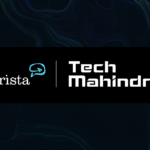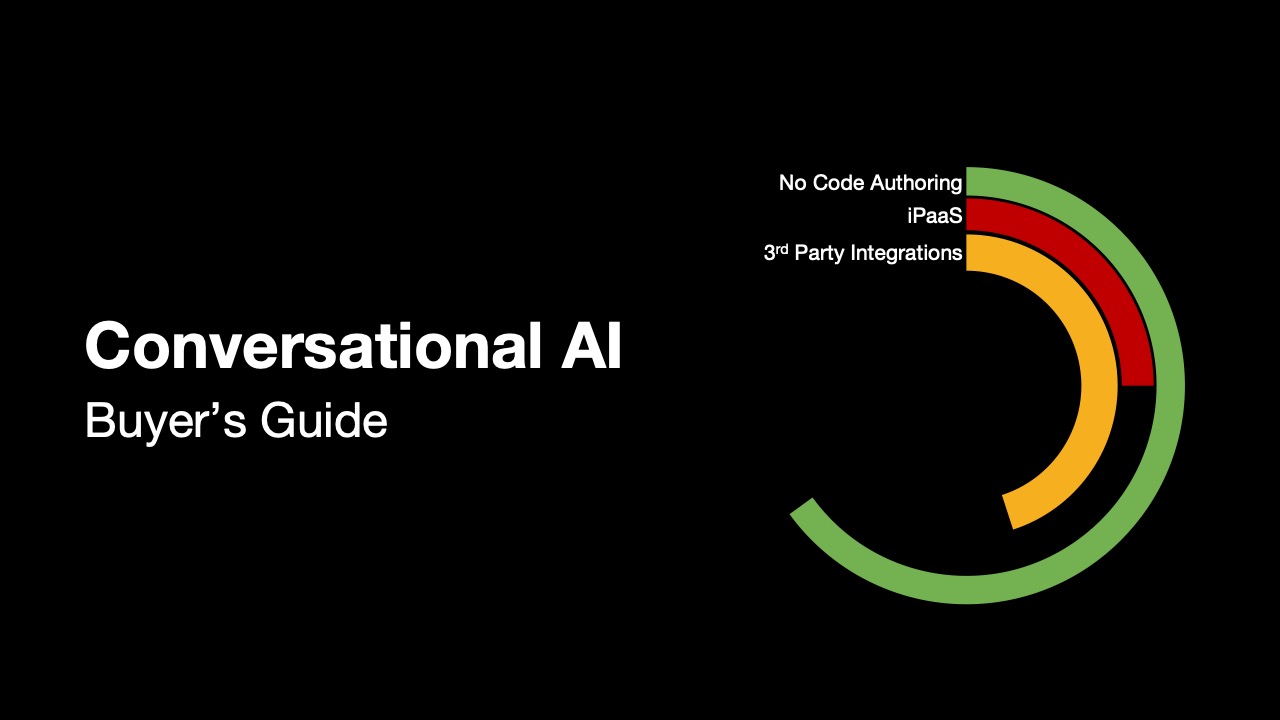Global organizations are embracing AI for their business transformation journeys. AI helps organizations uncover valuable business insights and makes them more resilient and agile. McKinsey’s State of AI Report 2020 states 50% of companies have adopted AI in at least one business unit. Yet, despite the palpable enthusiasm for AI solutions, successful AI projects are rare. The hard truth is that out of 100 machine learning projects, 85 of them fail.
Businesses can reap innumerable benefits by integrating ML into their workflows and core strengths, but that can only happen when they operationalize or deploy ML models in production. Your data scientists might build accurate models, but they lack value unless the business uses them in real-case scenarios to derive meaningful predictions.
 AI success remains sporadic because it requires a laser-focused culture on business value. Implementing an AI project at scale is much more than merely training ML models. It requires an organizational shift where the C-suite is involved and participates in the business value from the AI project. When the business and its stakeholders collaborate on high-value initiatives with the right partners and tools, AI projects succeed and achieve ROI for their organization.
AI success remains sporadic because it requires a laser-focused culture on business value. Implementing an AI project at scale is much more than merely training ML models. It requires an organizational shift where the C-suite is involved and participates in the business value from the AI project. When the business and its stakeholders collaborate on high-value initiatives with the right partners and tools, AI projects succeed and achieve ROI for their organization.
Why Operationalizing Machine Learning Fails
You might have invested in the best data scientists and advanced tools to build models, yet your AI projects are not taking off.
So, where are you going wrong, and what can you do to rectify it?
There are several reasons for your ML models not getting deployed. Probably, you are making some of the following common mistakes:
Lack of Collaboration
For the successful operationalization of ML, data scientists and business teams have to collaborate. There is no avoiding it. Working in silos will benefit no one. The companies that succeed at delivering scalable value are the ones that always treat the entire process as highly collaborative. Further, it is not just about IT and data teams. Companies that gainfully implement AI at scale have an engaged C-suite that takes part in every step of the decision-making process. Without the leaders’ backing, maintaining the enthusiasm for AI adoption will be tough for most firms.
Lack of Data Preparation
Business users can’t interact with dirty data. Hence the need for data preparation—a process that involves cleaning dirty data, reformatting, and removing anomalies and biases. Since it is a time-consuming and tedious part of ML, it is often overlooked. Nevertheless, it is one of the essential components of the machine learning process, as it eliminates incorrect data that can lead to inaccurate deductions.
Lack of Skilled Resources
With the increased interest in all things AI, data scientists are in greater demand than ever before. Even so, not everybody with the job title can deliver on these value propositions. While the market for those folks is incredibly competitive, in truth, many businesses aren’t willing to pay for top talent, as a result falling short in their efforts to deploy valuable ML models.
Lack of a Business Objective
For an AI project to create real business value, there has to be a clear understanding of the business problem. A common reason for AI projects failing is they don’t start with a measurable business goal aligned with top-line initiatives. Conversely, successful projects always have a clear objective.
The “Last Mile”
Traditional software projects offer many proven lessons for efficient implementation and delivery. However, many times AI projects do not apply the same lessons from software engineering. While there are differences, both are investing in digital technology to increase the value of the business by enabling more revenue at lower costs. Software engineering projects, many times, have project managers driving the process to ultimately train users. On the other hand, AI projects may not have the same process-driven approach if it is a new discipline at the company. This lack of process causes many AI projects to fail at delivery or the “last mile.”
The “last mile” is where wholesale services are delivered to retail customers. In our AI example, the relatively few data scientists building and training the models to deliver valuable outcomes to the business users are our wholesale distribution. The business users, in this case, are the retail customers. Therefore, providing valuable insights to the customer is the last mile in the AI value chain. It’s where many ML projects fail to operationalize and thus fail to retain funding. Data science teams often struggle with conceptualizing how the business will implement the project.
On the other hand, business sponsors have limited knowledge of the model building process and how long it takes to train an accurate model. The lack of operationalization and business value expectations cause these projects to fail because they’ve run out of money. The ROI window is too short.
How Krista Approaches ML
The last mile in most ML projects is the most challenging and most expensive part of the project.
The last mile is also the most significant contributor to the 85% failure rate.
Krista Intelligent Automation reduces that failure rate and helps our customers succeed despite these challenges. Krista’s unique conversational interface operationalizes ML and makes it easy for business leaders to interact with models by removing technical skill barriers.
Let’s suppose you want to buy or sell an asset. We will examine how you would acquire a company using disparate data sets. You would first prepare a list of companies and then shortlist those with the most potential or the correct market price. Usually, this is a prolonged activity where dozens of analysts manually crunch data captured in several excel spreadsheets. While this process can identify potential companies, it’s tedious to derive an intelligent decision. Manually compiling data like this is also fraught with inaccuracies and data duplication.
With Krista, it is just like having a conversation. You simply ask Krista. Hey Krista, which private companies are ripe for acquisition or transition? Which ones are the most valuable based on the data so we can prioritize? How should this company be priced so the owner gets the best return?
Krista facilitates decision-making in a three-step process.
Automate data enrichment with NLP
In the first step, Krista automates data enrichment with Natural Language Processing (NLP) by mining and scraping information from companies’ websites and enhances it with financial and employee information. This initial data helps to make a more informed initial decision.
Focus on viable options
To create a shortlist, Krista then “reads” public and proprietary documents using NLP and compares historical financial information, data about the management team, customer synergies, supply chain synergies, technology highlights, ownership, and other factors. Usually, cleansing and mining the data into a structured and standard form and then reading and analyzing it is a monumental task.
Make a decision
The last step is to make an informed decision based on inputs from Krista and human analysts. Krista models the company’s future cash flows using common tree-ensembles and deep learning, making it easier for you to decide on the right price for the merger or acquisition.
You can apply the same decision process when buying or selling almost anything. Doing so in parallel to your current methods allows you to compare results from AI and your experts. This approach enables you to build trust in the AI and use it to supplement decisions. Over time as trust increases, your experts will feel more comfortable with the AI and not question its accuracy. Krista’s unique “human in the loop” architecture allows you to adopt AI as fast or as slow as you like.
How Krista Democratizes AI
With statistics showing only four percent of ML projects deploying to production, there has to be a better way. Krista democratizes machine learning by removing skill set barriers and “last mile” deployment issues that are a bane of most companies. Krista facilitates the elegant integration of people, systems, and AI, enabling companies to scale, find the right opportunities, make more informed decisions, and build trust in AI.
Unlike the established native digital businesses that can remain financially stable despite making hundreds of mistakes with their AI, non-native digital companies are not as fault-tolerant. Their concern is how to ensure a prediction will perform well on low volume high-risk decisions. With limited finances and a shortage of skilled workers, these companies cannot afford to make errors.
Krista can thus prove a valuable platform for organizations struggling with automation and AI and can vastly reduce the failure rate. After all, Krista is technology that understands people instead of the other way around.





